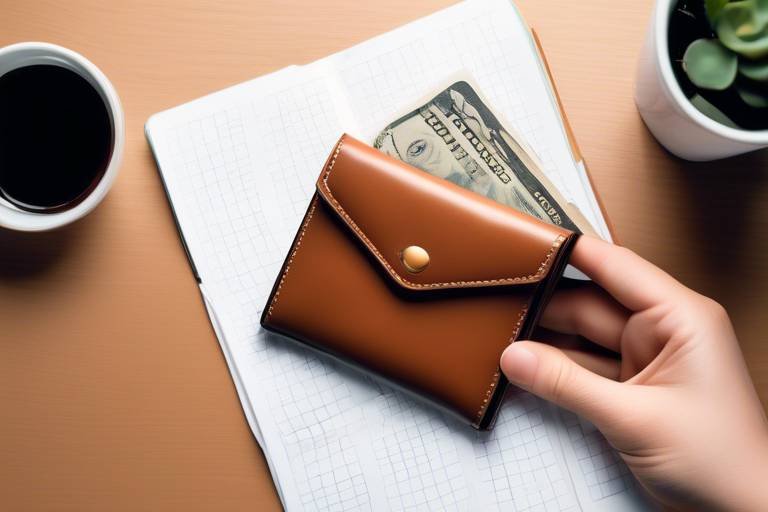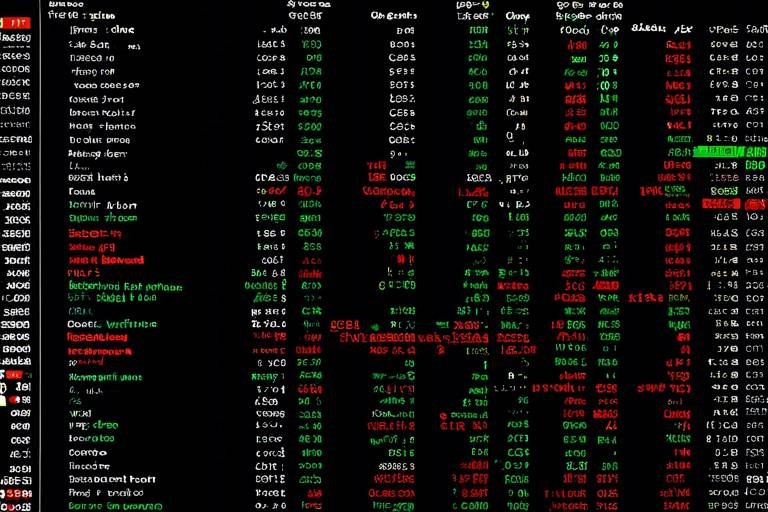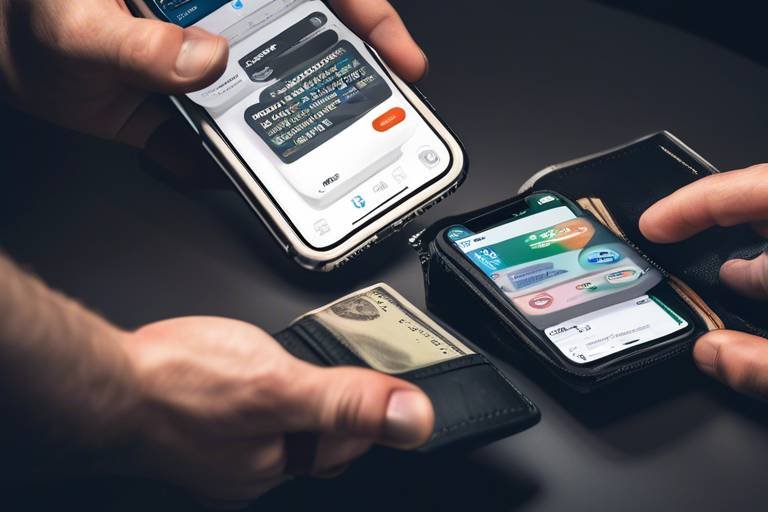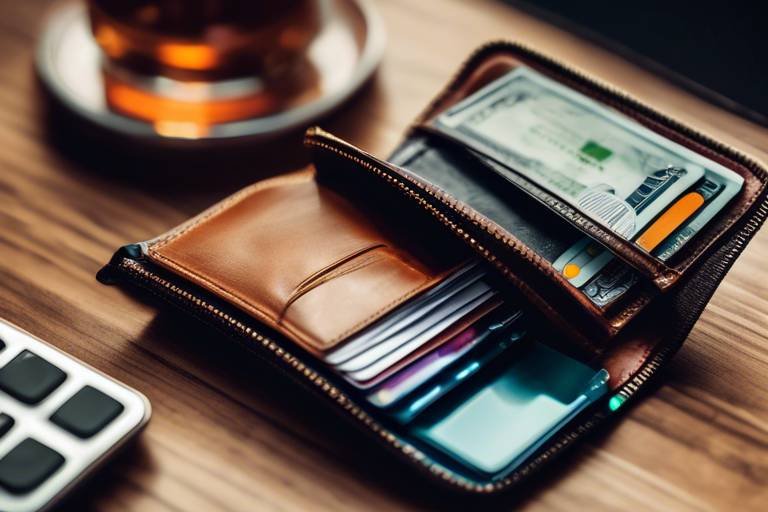How to Backup and Restore Your Crypto Wallet
In the ever-evolving world of cryptocurrency, the importance of securing your digital assets cannot be overstated. Imagine waking up one day to find that your hard-earned investments have vanished into thin air—sounds terrifying, right? That’s why knowing how to backup and restore your crypto wallet is crucial. This article will guide you through the essential steps to ensure your digital currencies remain safe, even when the unexpected occurs.
Before diving into the backup and restoration processes, it's vital to understand what a crypto wallet actually is. In simple terms, a crypto wallet is a digital tool that allows you to store, send, and receive cryptocurrencies. There are several types of wallets, each with its own unique features and levels of security. The main types include:
- Hardware Wallets: These are physical devices that securely store your private keys offline. They are often considered the safest option for long-term storage.
- Software Wallets: These are applications that you can install on your computer or smartphone. They offer convenience but are more susceptible to hacks.
- Paper Wallets: A less common option, this involves printing your private keys on paper. While it’s immune to online threats, it can be easily lost or damaged.
Each wallet type has its pros and cons, so it's essential to choose one that aligns with your needs and risk tolerance.
Backing up your crypto wallet is not just a good idea—it's an absolute necessity. Think of it as an insurance policy for your digital assets. Without a backup, you risk losing your funds due to device failures, theft, or even accidental deletions. The peace of mind that comes from knowing you have a backup in place is invaluable.
Here are some scenarios where having a backup can save you:
- **Device Failure:** Hard drives can crash, and phones can get lost or stolen.
- **Accidental Deletion:** It’s easy to delete files by mistake, especially if you’re not tech-savvy.
- **Theft:** If your wallet is stored on an online platform, hackers can target it.
By backing up your wallet, you ensure that you can recover your assets no matter what happens.
When it comes to backing up your wallet, there are several methods you can use. Each method has its own advantages and disadvantages:
| Backup Method | Pros | Cons |
|---|---|---|
| Seed Phrases | Easy to use, highly secure | Must be kept secret; if someone has access, they can steal your funds |
| Private Keys | Direct access to your funds | Risk of loss if not stored securely |
| Full Wallet Backups | Complete copy of your wallet | Can be large and cumbersome to manage |
Choosing the right backup method is essential for your wallet's security, and understanding the pros and cons will help you make an informed decision.
Seed phrases are a series of words that act as a master key for your wallet. They can restore your wallet and give you access to your funds if you ever lose your device. Think of it as your wallet's DNA—without it, you cannot recreate your wallet. It's crucial to store your seed phrase securely, away from prying eyes. Consider writing it down and keeping it in a safe place, like a safety deposit box.
To grasp the significance of wallet security, you need to understand the roles of private and public keys. Your public key is like your bank account number—it's safe to share with others when receiving funds. On the other hand, your private key is akin to your PIN number; it must be kept secret at all costs. If someone gains access to your private key, they can drain your wallet in an instant. Always prioritize the security of your private key.
Now that you understand the significance of backing up your wallet, let’s go through the steps to do it effectively:
- Identify the type of wallet you are using (hardware, software, or paper).
- Locate your seed phrase or private key.
- Write down your seed phrase or private key on a piece of paper.
- Store the paper in a secure location, such as a safe.
- Consider creating multiple copies and storing them in different locations.
By following these steps, you can ensure that your assets are safe and sound, even if something goes wrong.
Restoring your wallet from a backup is a straightforward process, but it does require attention to detail. You’ll need the tools associated with your wallet type, such as software or hardware devices, and your backup information ready. The steps may vary slightly depending on the wallet you are using, but the general process remains the same.
When restoring your wallet using a seed phrase, you’ll typically enter the phrase into the wallet software. This process can vary depending on the platform, so always follow the specific instructions provided. Remember, keeping your seed phrase safe during this process is crucial; anyone who has access to it can control your funds.
To recover your wallet using private keys, you will need to find the option within your wallet software that allows you to import or restore using a private key. Be cautious during this process, as entering the wrong key can lead to complications. Avoid common mistakes like entering extra spaces or characters, as these can result in errors during recovery.
Q: What happens if I lose my seed phrase?
A: Losing your seed phrase means losing access to your wallet permanently. Always store it securely.
Q: Can I have multiple backups?
A: Yes! In fact, it's advisable to have multiple backups in different secure locations.
Q: Is it safe to store my seed phrase online?
A: No, storing your seed phrase online increases the risk of it being hacked. Always keep it offline.
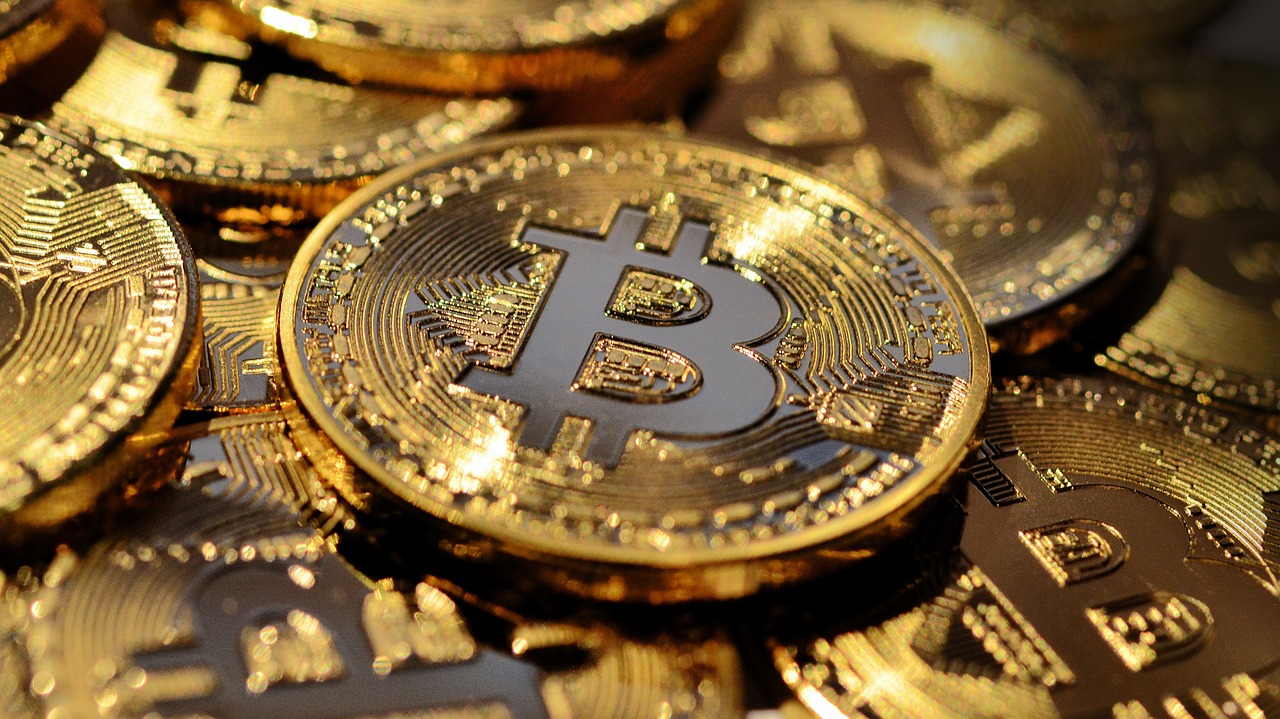
Understanding Crypto Wallets
When diving into the world of cryptocurrencies, one of the first things you’ll encounter is the concept of a crypto wallet. But what exactly is a crypto wallet? Think of it as a digital purse where you keep your precious cryptocurrencies safe and sound. Just like you wouldn’t carry all your cash in your pocket without a wallet, you shouldn’t store your digital assets without a secure place to keep them. Crypto wallets come in various forms, each with its own unique features and levels of security.
Generally, crypto wallets can be categorized into three main types: hardware wallets, software wallets, and paper wallets. Each type serves the same primary function—storing your cryptocurrencies—but they do so in different ways. Let’s break it down:
| Type of Wallet | Description | Security Level |
|---|---|---|
| Hardware Wallet | A physical device that securely stores your private keys offline. | High |
| Software Wallet | A program or application that stores your keys on your computer or mobile device. | Medium |
| Paper Wallet | A physical printout of your public and private keys. | Medium to High |
Hardware wallets, like the Trezor or Ledger, are often considered the safest option. They keep your private keys offline, making them less susceptible to hacking attempts. Imagine keeping your valuables in a safe instead of under your bed—this is the level of security a hardware wallet provides.
On the other hand, software wallets, which can be desktop, mobile, or web-based, offer convenience and ease of access. However, because they are connected to the internet, they carry a higher risk of being compromised. Think of it as leaving your purse in a café; it’s easy to grab but also easy for someone else to take.
Then there are paper wallets, which are essentially a printed version of your keys. While they can be very secure if created and stored properly, they are also prone to physical damage or loss. It’s like writing down your bank account number on a piece of paper and sticking it on your fridge—convenient but potentially risky if it falls into the wrong hands.
Understanding these different types of wallets is crucial for anyone looking to invest in cryptocurrencies. Each wallet type has its own advantages and disadvantages, so it’s essential to choose one that aligns with your individual needs and comfort level. Whether you prioritize security, ease of access, or a balance of both, knowing the ins and outs of crypto wallets will empower you to make informed decisions about your digital assets.
So, why does all this matter? Well, in the volatile world of cryptocurrencies, the last thing you want is to lose access to your hard-earned investments due to a poor choice of wallet. By understanding how each type of wallet functions, you can better protect your assets and ensure that your journey in the crypto space is as smooth as possible.

Importance of Backing Up Your Wallet
Backing up your crypto wallet is not just a precaution; it's an essential practice that every cryptocurrency holder should prioritize. Imagine waking up one day and finding your digital assets gone due to a device malfunction, accidental deletion, or even theft. The thought alone can send shivers down your spine! This is why understanding the importance of wallet backups is crucial. Having a backup can mean the difference between losing your hard-earned investments and being able to recover them with ease.
When you back up your wallet, you're essentially creating a safety net for your digital assets. Just like you wouldn’t drive a car without insurance, you shouldn’t hold cryptocurrencies without a backup plan. The peace of mind that comes with knowing you can recover your funds if something goes wrong is invaluable. In the world of crypto, where the volatility can be as unpredictable as a roller coaster ride, being prepared is your best defense.
Let’s break down the main reasons why backing up your wallet is of utmost importance:
- Device Failures: Technology can be fickle. Hard drives can crash, phones can get lost, and software can malfunction. A backup ensures that you're not left high and dry.
- Theft: Unfortunately, the digital world is not immune to crime. If your device is stolen, having a backup means you can still access your funds from another device.
- Accidental Deletion: We’ve all been there—accidentally deleting important files. A backup helps you avoid the heartache of losing your wallet due to a simple mistake.
- Peace of Mind: Knowing that your assets are secure allows you to focus on trading and investing without the constant worry of losing everything.
In summary, the importance of backing up your crypto wallet cannot be overstated. It’s your insurance policy in the unpredictable world of cryptocurrency. By taking the time to back up your wallet, you’re not just safeguarding your assets; you’re also ensuring that you can navigate the crypto landscape with confidence and security.
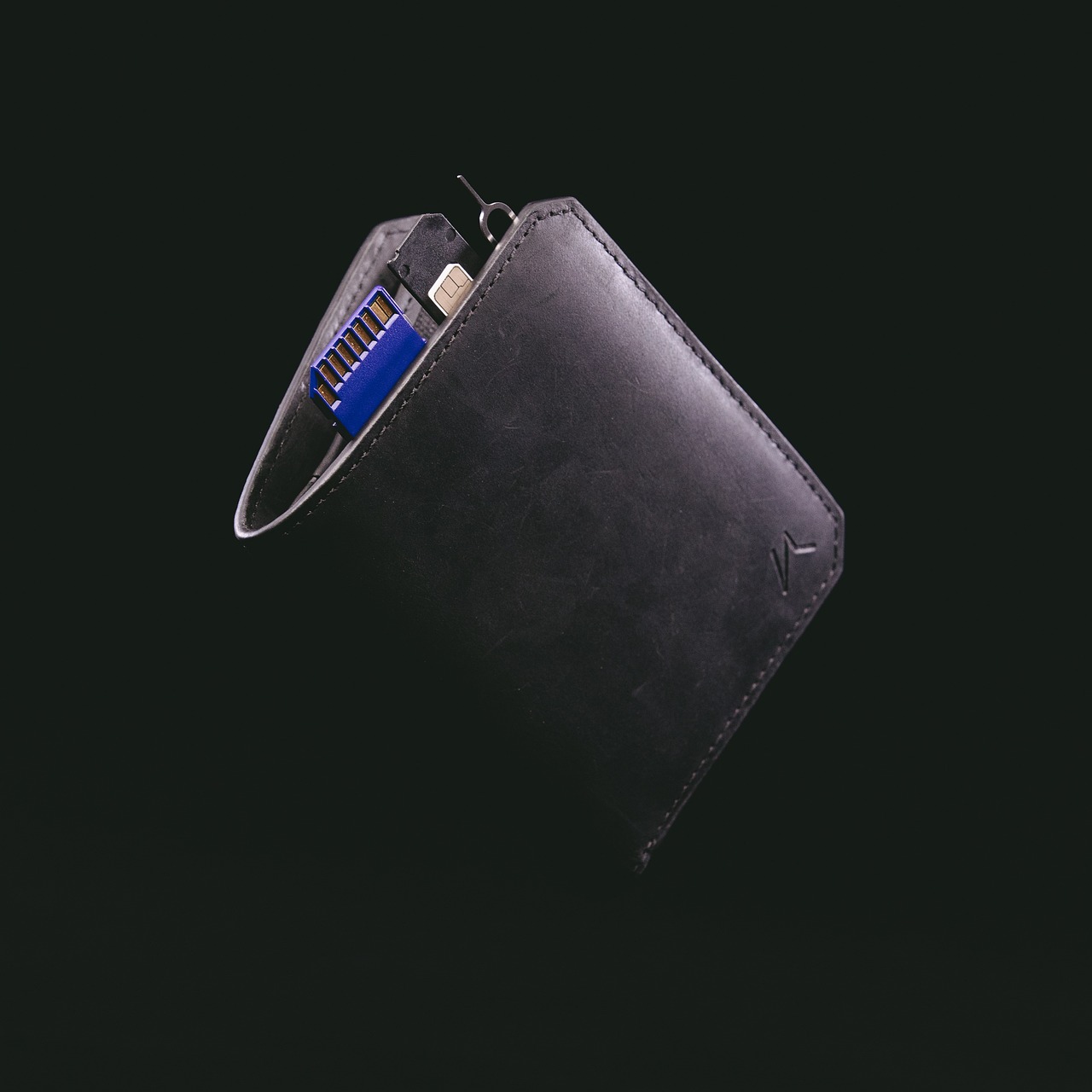
Types of Backups
When it comes to securing your cryptocurrency wallet, understanding the available is crucial. Each method has its own unique features, advantages, and drawbacks, making it essential to choose the right one for your needs. Let's delve into the primary types of backups you can utilize to protect your digital assets.
One of the most common methods for backing up a crypto wallet is through seed phrases. These are typically a series of 12 to 24 words generated by your wallet, acting as a key to access your funds. Imagine your seed phrase as a treasure map; if you lose it, finding your treasure (or in this case, your crypto) becomes virtually impossible. The beauty of seed phrases lies in their simplicity and portability. You can write them down on paper, store them in a secure digital location, or even memorize them. However, if someone else gets hold of your seed phrase, they can access your wallet and drain it of funds, so safeguarding it is paramount.
Another method involves backing up your private keys. These are unique cryptographic keys that allow you to access and manage your cryptocurrency. Think of private keys as the keys to your house; if someone has them, they can enter and take what they want. Private keys can be stored in various formats, including text files or hardware wallets. While backing up private keys is essential, it requires a higher level of security than seed phrases, as losing them can lead to irreversible loss of your funds.
In addition to seed phrases and private keys, you have the option of performing a full wallet backup. This method typically involves creating a complete copy of your wallet file, which includes all the necessary data to restore your wallet. A full wallet backup can be particularly useful if you are using a software wallet on your computer. However, it is important to ensure that the backup is stored securely, as a compromised wallet file can lead to significant losses.
To summarize, here’s a quick comparison of the different backup types:
| Backup Type | Pros | Cons |
|---|---|---|
| Seed Phrases | Easy to store and use; highly portable | Vulnerable if not kept secure |
| Private Keys | Direct access to funds; versatile | Complex to manage; must be kept secret |
| Full Wallet Backup | Comprehensive; includes all wallet data | Can be large in size; needs secure storage |
Ultimately, the choice of backup method depends on your individual preferences and the level of security you wish to maintain. It’s wise to use a combination of these methods to ensure that you have multiple layers of protection for your digital assets. By understanding the types of backups available, you can better safeguard your cryptocurrency investments against unforeseen events.
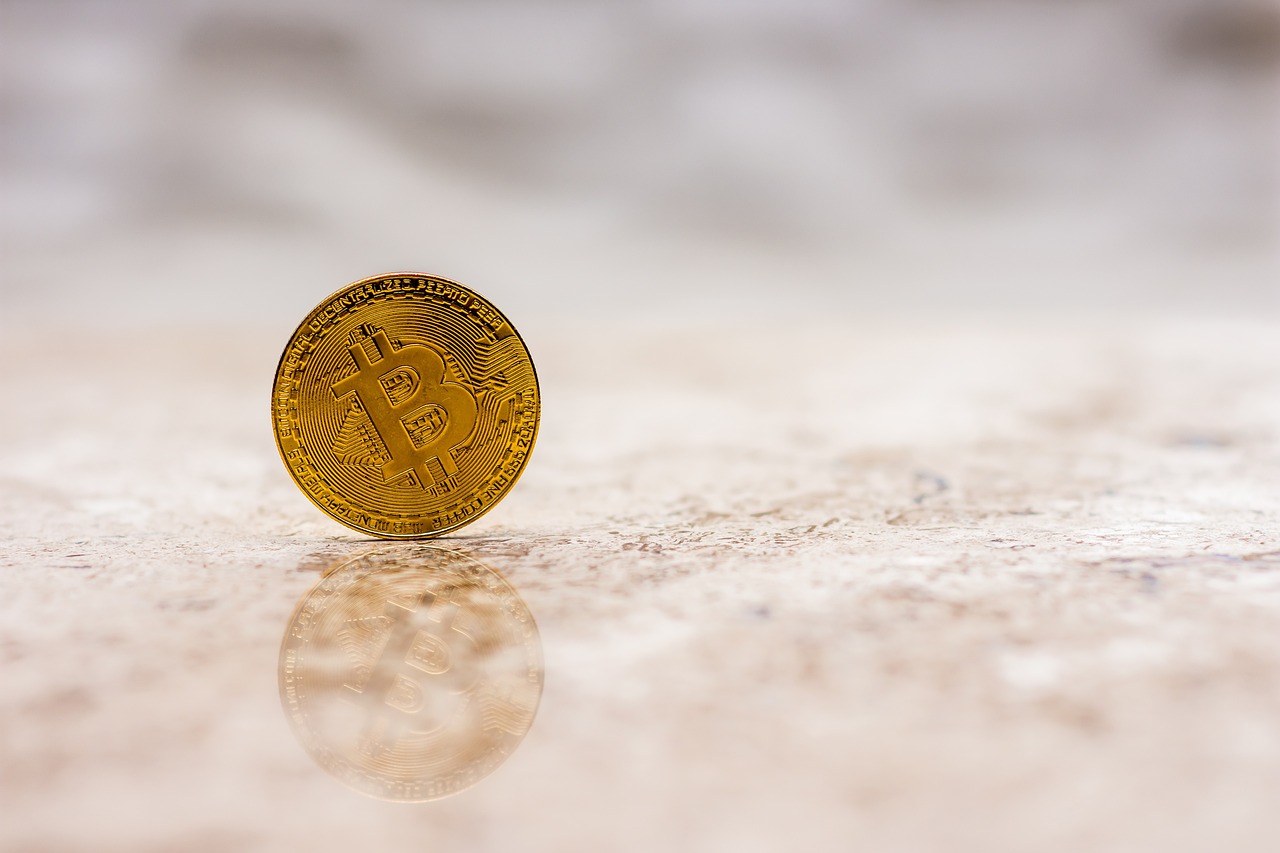
Seed Phrases Explained
When you delve into the world of cryptocurrency, one term that you'll encounter frequently is seed phrase. But what exactly is it? A seed phrase, also known as a recovery phrase or mnemonic phrase, is a series of words that act as a backup for your crypto wallet. Think of it as the key to your digital treasure chest. If you lose access to your wallet, this phrase is your golden ticket to regain control over your funds.
Typically, a seed phrase consists of 12 to 24 words generated by your wallet software when you create a new wallet. These words are randomly chosen from a specific list, ensuring a high level of security. It's crucial to understand that anyone who has access to your seed phrase can access your wallet and, consequently, your cryptocurrency. Therefore, treating this phrase with utmost care is not just recommended; it's essential!
Now, you might wonder, why is a seed phrase considered the most important aspect of wallet security? The answer lies in its simplicity and effectiveness. Unlike traditional passwords that can be forgotten or hacked, a seed phrase can be written down and stored safely. Here are a few reasons why securing your seed phrase is paramount:
- Easy Recovery: If your device gets lost, stolen, or damaged, you can easily recover your wallet using the seed phrase.
- Universal Compatibility: Most wallets support seed phrases, making it easy to switch wallets or platforms.
- Non-Technical: Unlike private keys, which can be complex and daunting, seed phrases are straightforward and user-friendly.
However, with great power comes great responsibility. Here are some tips to ensure your seed phrase remains secure:
- Write it down on paper and store it in a safe place, like a safe deposit box.
- Never share your seed phrase with anyone, not even customer support.
- Consider using a hardware wallet for added security.
In summary, your seed phrase is like a lifeline in the vast ocean of cryptocurrency. It’s your safeguard against loss, and understanding its significance is the first step toward becoming a responsible crypto user. So, keep it close, treat it well, and you'll navigate the crypto waters with confidence!
Here are some common questions people have about seed phrases:
- What happens if I lose my seed phrase? If you lose your seed phrase, you will lose access to your wallet and any funds within it. It's crucial to back it up securely.
- Can I change my seed phrase? No, seed phrases are generated when you create your wallet and cannot be changed. If you want a different seed phrase, you need to create a new wallet.
- Are seed phrases safe to store digitally? It's not recommended to store seed phrases digitally (like in a text file or cloud storage), as these can be hacked. Always opt for a physical backup.
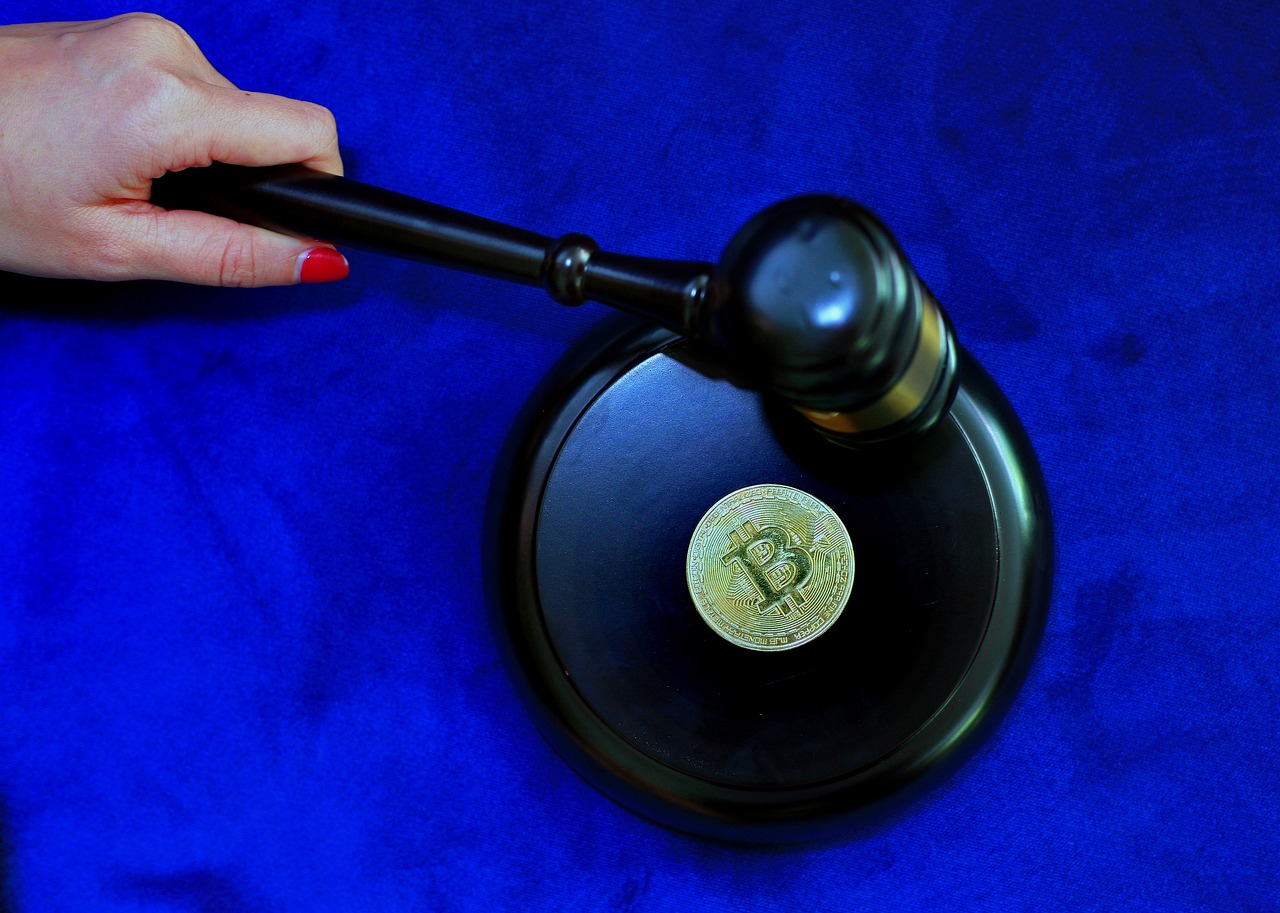
Private Keys vs. Public Keys
When diving into the world of cryptocurrency, understanding the distinction between private keys and public keys is absolutely vital. Think of your public key as your bank account number that you can share with anyone to receive funds. It’s like giving someone your address so they can send you a letter; it’s safe to share. On the other hand, your private key is akin to your ATM PIN or the key to your house. This is something you must keep secret and secure, as anyone who has access to your private key can control your funds.
To clarify further, let's break down their functions:
| Key Type | Function | Security Level |
|---|---|---|
| Public Key | Used to receive cryptocurrency | Can be shared freely |
| Private Key | Used to send cryptocurrency and manage funds | Must be kept secret |
In the crypto realm, each wallet generates a pair of keys: one public and one private. When you want to receive funds, you provide your public key. But when you want to send funds, you must use your private key to sign the transaction. This ensures that only you can authorize the movement of your assets. If someone gets hold of your private key, it’s akin to giving them the keys to your house; they could potentially empty your wallet without your consent.
Moreover, it’s essential to note that while public keys can be derived from private keys, the reverse is not true. This one-way relationship is a fundamental aspect of cryptographic security, ensuring that even if someone has your public key, they cannot deduce your private key. This is what makes cryptocurrencies secure, but it also places a significant responsibility on you, the user, to safeguard your private key with utmost diligence.
In summary, understanding the roles of private and public keys is crucial for anyone involved in cryptocurrency. Always remember: never share your private key with anyone, and ensure that it is stored securely. Treat it like the most valuable asset you own, because in the world of crypto, it truly is!
- What happens if I lose my private key?
If you lose your private key, you lose access to your cryptocurrency. There is no way to recover it, which is why backing it up is essential. - Can I share my public key?
Yes, you can share your public key with anyone who wants to send you cryptocurrency. It's safe to share! - How can I secure my private key?
Store your private key in a secure location, such as a hardware wallet, and consider using multiple backups in different locations.
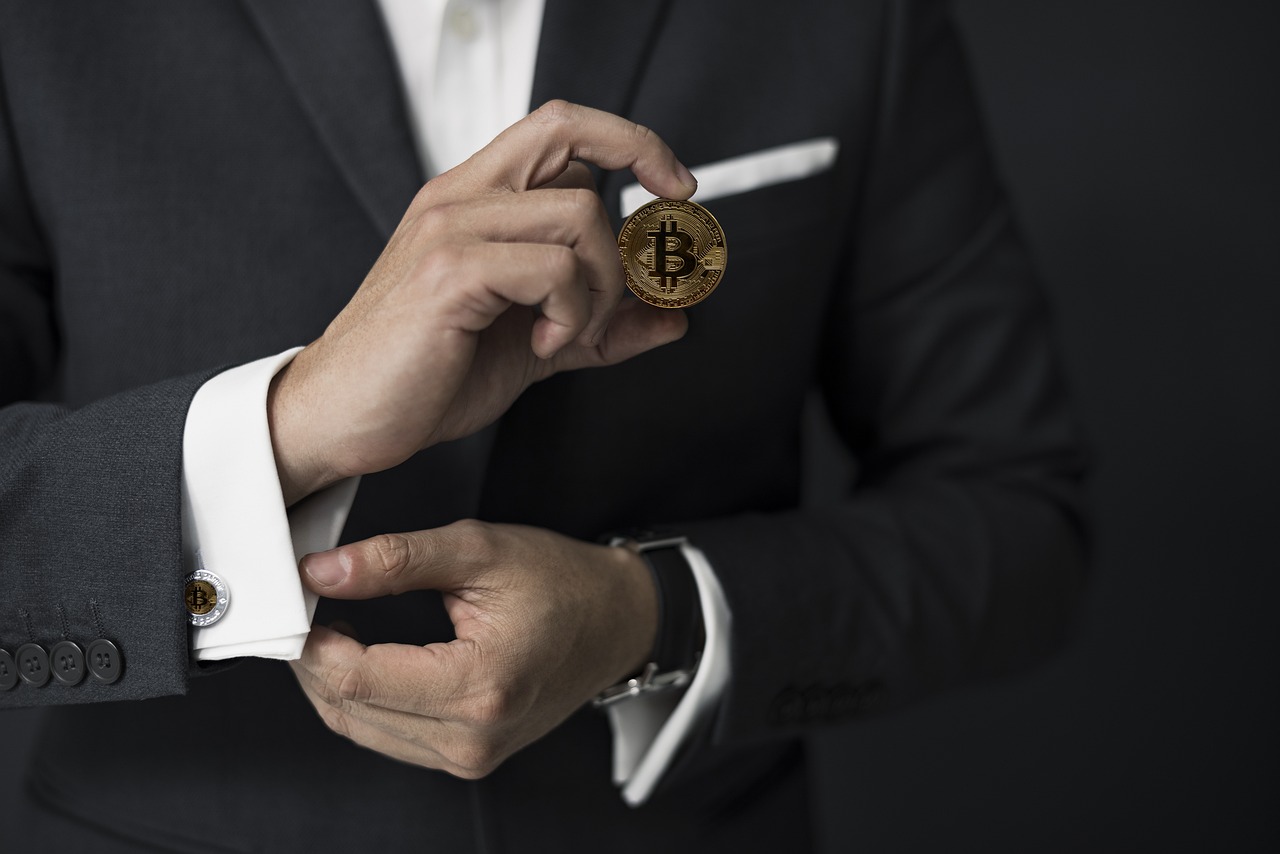
Steps to Backup Your Wallet
Backing up your crypto wallet is a crucial step in safeguarding your digital assets. Think of it like having a spare key for your house; you wouldn’t want to be locked out, right? The process might seem daunting at first, but once you break it down into manageable steps, it becomes much easier. Here’s how to effectively back up your wallet.
First and foremost, you need to identify the type of wallet you are using. Whether it's a hardware wallet, software wallet, or even a paper wallet, the backup steps might vary slightly. For most software wallets, the first step is to access the settings or security section. Here, you should find an option for backup. This is where the magic begins!
Next, you will typically be prompted to create or write down your seed phrase. This phrase is a series of words that act as the key to your wallet. It’s vital to write this down on paper and store it in a secure location, away from prying eyes. Remember, anyone who has access to your seed phrase can access your funds! Avoid digital storage for this phrase, as it could be vulnerable to hacking.
After securing your seed phrase, it’s time to look for your private keys. These keys are unique to your wallet and are essential for transactions. Depending on your wallet, you might find an option to export or view your private keys. Again, jot these down and keep them secure. It’s like having a secret passcode that only you should know.
For those using hardware wallets, the process is slightly different. You’ll need to connect your device to a computer and follow the manufacturer’s instructions to create a backup. Most hardware wallets will allow you to export your seed phrase or private keys directly through their interface. Make sure to follow the prompts carefully and double-check that you’ve recorded everything accurately.
It’s also wise to consider creating a full wallet backup. This will typically compile all your wallet data, including transaction history and wallet settings. To do this, look for an option labeled “Backup” or “Export Wallet” within your wallet’s interface. Save this backup file to an external storage device, like a USB drive, and keep it in a safe place. This adds an extra layer of security in case of device failure.
Lastly, once you’ve completed your backup, it’s a good idea to test the restoration process. This might sound counterintuitive, but it’s a proactive approach to ensure that your backup works flawlessly. Create a new wallet on the same or a different platform and use your seed phrase or private keys to restore it. If it works, you can breathe a sigh of relief knowing that your assets are safe and sound!
In summary, backing up your wallet involves:
- Identifying your wallet type
- Writing down your seed phrase securely
- Exporting your private keys
- Creating a full wallet backup
- Testing the restoration process
By following these steps, you’ll ensure that your cryptocurrency remains safe, even in the face of unexpected challenges. Remember, in the world of crypto, being prepared is half the battle!
Q: What is a seed phrase?
A: A seed phrase is a series of words that allows you to access your cryptocurrency wallet. It’s essential for wallet recovery.
Q: Can I back up my wallet on my phone?
A: Yes, you can back up your wallet on your phone, but ensure that your phone is secure and that you store your seed phrase in a safe place.
Q: What should I do if I lose my seed phrase?
A: If you lose your seed phrase, you may lose access to your wallet permanently. That’s why it’s crucial to store it safely.
Q: Is it safe to store my backup on a cloud service?
A: It’s generally not recommended to store your backup on cloud services due to potential security risks. Opt for physical storage instead.
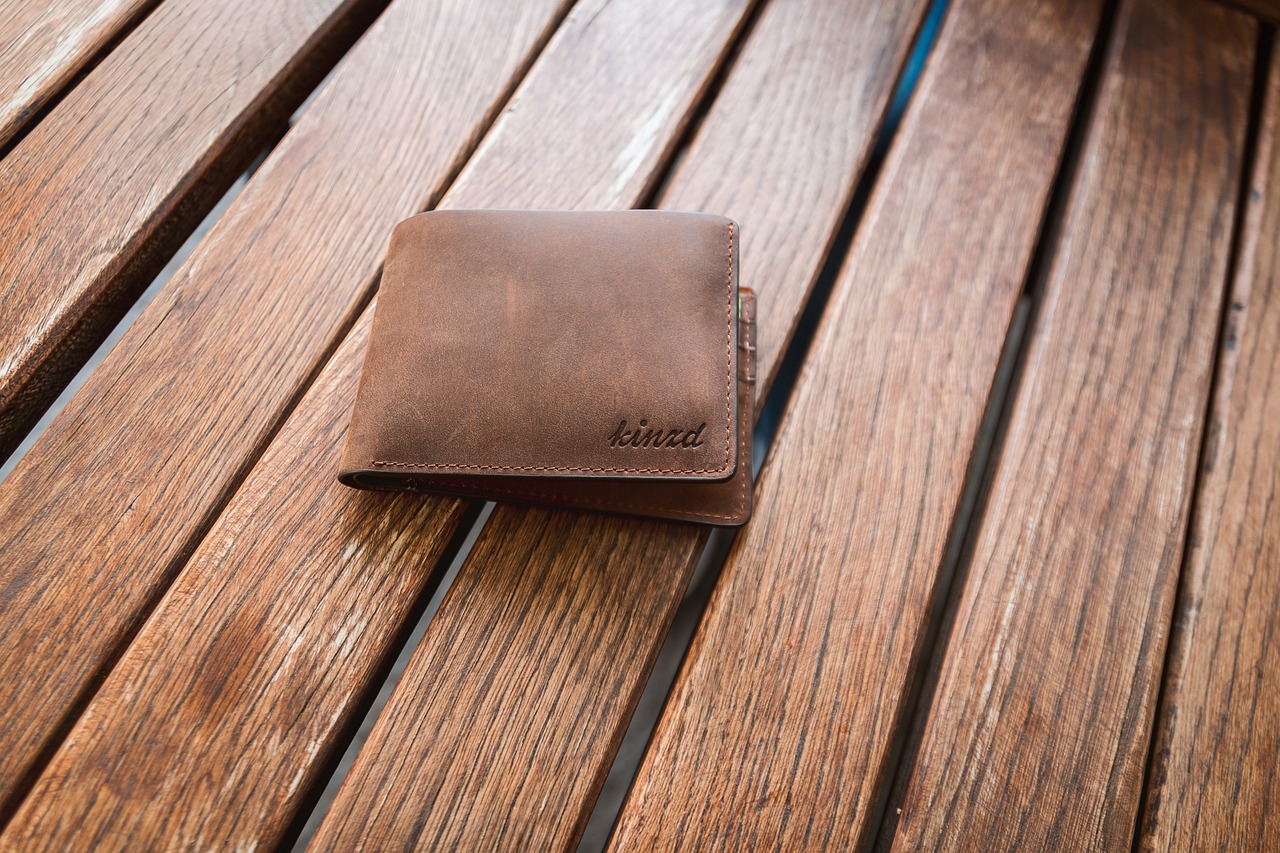
Restoring Your Crypto Wallet
When it comes to restoring your crypto wallet, it can feel like a daunting task, especially if you’ve never done it before. But don’t worry! With the right tools and steps, you can bring your digital assets back to life in no time. Just imagine your wallet as a treasure chest; sometimes, you might misplace the key, but with a little patience and the right approach, you can get back to accessing your riches.
To start, you need to ensure you have your backup information ready. This could be your seed phrase or private keys, which serve as the essential passwords to unlock your wallet. Think of them as the secret codes that only you should know. Without them, your assets remain locked away, like a treasure chest with no key. So, let’s dive into the process of restoring your wallet, shall we?
First, you’ll want to choose the platform where you originally created your wallet. Whether it’s a software wallet, a hardware wallet, or even a mobile app, the restoration process can vary slightly from one to another. Most platforms will have a clear option for recovering wallets, often labeled as “Restore Wallet” or “Import Wallet.”
Here’s a simple step-by-step guide to help you through the restoration process:
- Open your wallet application: Launch the wallet application on your device or connect your hardware wallet to your computer.
- Select the restore option: Look for the option that says "Restore Wallet" or something similar. This is your gateway back to your funds.
- Enter your seed phrase or private key: Carefully input your seed phrase or private key. Make sure there are no typos. One wrong character can lead to a dead end!
- Follow the prompts: Complete any additional steps required by the wallet application. This may include setting a new password or confirming your identity.
- Access your funds: Once everything is entered correctly, your wallet should restore, and you’ll see your cryptocurrency balance again!
It's important to remember that the process can differ based on the wallet you are using. Some wallets may require additional verification steps or even have unique features. Therefore, it’s always a good idea to consult the official documentation or support resources for your specific wallet if you run into any issues.
Now, let’s talk about security. When restoring your wallet, ensure you’re doing so on a secure device. Avoid public Wi-Fi networks, and make sure your device is free from malware. Think of it as setting the stage for a heist: you wouldn’t want any unwanted guests lurking around while you’re accessing your treasure!
Once your wallet is restored, take a moment to double-check everything. Make sure your balances are correct and that you can access all your features. It’s a good practice to perform a test transaction with a small amount to confirm that everything is functioning as it should. This way, you can be confident that your wallet is back in action!
In conclusion, restoring your crypto wallet doesn’t have to be a stressful experience. With the right preparation and knowledge, you can easily regain access to your digital assets. Just remember to keep your backup information safe and secure at all times. After all, the world of cryptocurrency is full of surprises, and being prepared is your best defense!
- What should I do if I lost my seed phrase? Unfortunately, if you lose your seed phrase, you may lose access to your wallet permanently. Always store your seed phrase in a secure location.
- Can I restore my wallet on a different device? Yes, as long as you have your seed phrase or private keys, you can restore your wallet on any compatible device.
- Is it safe to store my seed phrase online? No, it is not safe to store your seed phrase online. Always keep it offline and in a secure place.
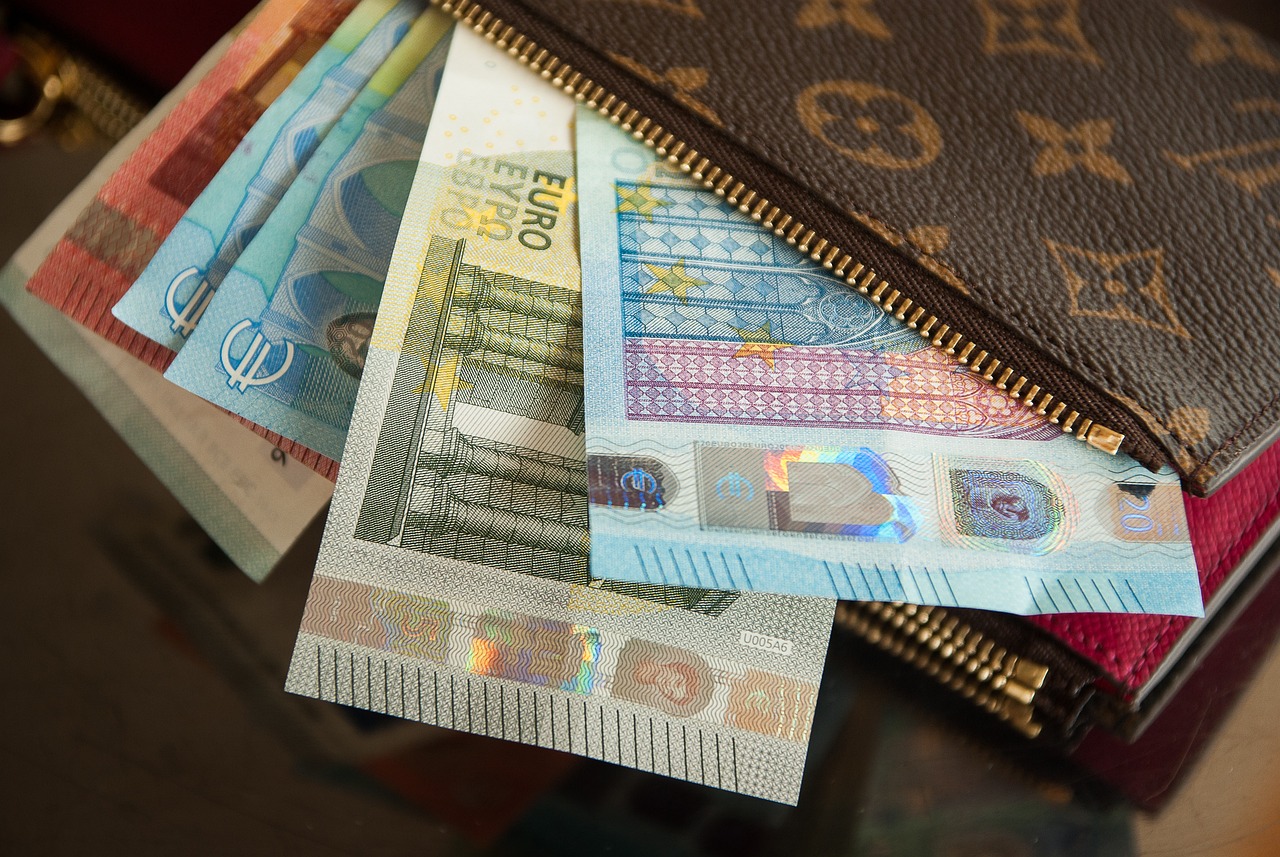
Using Seed Phrases for Restoration
When it comes to restoring your crypto wallet, seed phrases are your golden ticket. A seed phrase is essentially a series of words—typically 12 to 24—that acts as a master key to your wallet. Think of it as the treasure map to your digital gold. If you ever find yourself in a situation where your wallet is lost, stolen, or corrupted, having your seed phrase handy can save you from a world of financial hurt.
So, how do you use this magical phrase to restore your wallet? It’s simpler than you might think! Most wallet applications will have a straightforward option to restore using your seed phrase. Just follow these steps:
- Open your wallet application.
- Look for the “Restore Wallet” option, usually found in the settings or main menu.
- Enter your seed phrase exactly as you wrote it down—remember, it’s case-sensitive!
- Follow any additional prompts, and voilà, your wallet should be restored.
It's crucial to keep your seed phrase secure and private. Anyone who has access to it can control your funds. Store it in a safe place, like a safe or a secure password manager, and avoid keeping it on your computer or online storage. Imagine leaving the front door to your house wide open; that’s what it’s like to store your seed phrase carelessly. You wouldn’t do that with your physical belongings, so don’t do it with your digital assets!
Moreover, some wallets may offer a recovery option that requires you to input your seed phrase across multiple platforms. This means you can restore your wallet on different devices or even different wallet applications. However, always ensure that the wallet you are using is reputable and trustworthy. Just like you wouldn’t take a ride from a stranger, don’t trust your seed phrase with an unverified wallet.
In summary, your seed phrase is not just a backup; it’s your lifeline in the world of cryptocurrency. Treat it with the utmost care, and you’ll be well on your way to securing your digital assets against any unforeseen circumstances.
Here are some common questions people have regarding seed phrases and wallet restoration:
- What happens if I lose my seed phrase? If you lose your seed phrase, you may lose access to your wallet and funds permanently. It’s essential to back it up securely.
- Can I change my seed phrase? No, once a seed phrase is generated, it cannot be changed. If you want a new one, you will need to create a new wallet.
- Is it safe to share my seed phrase? Absolutely not! Never share your seed phrase with anyone, as it gives them complete control over your wallet.
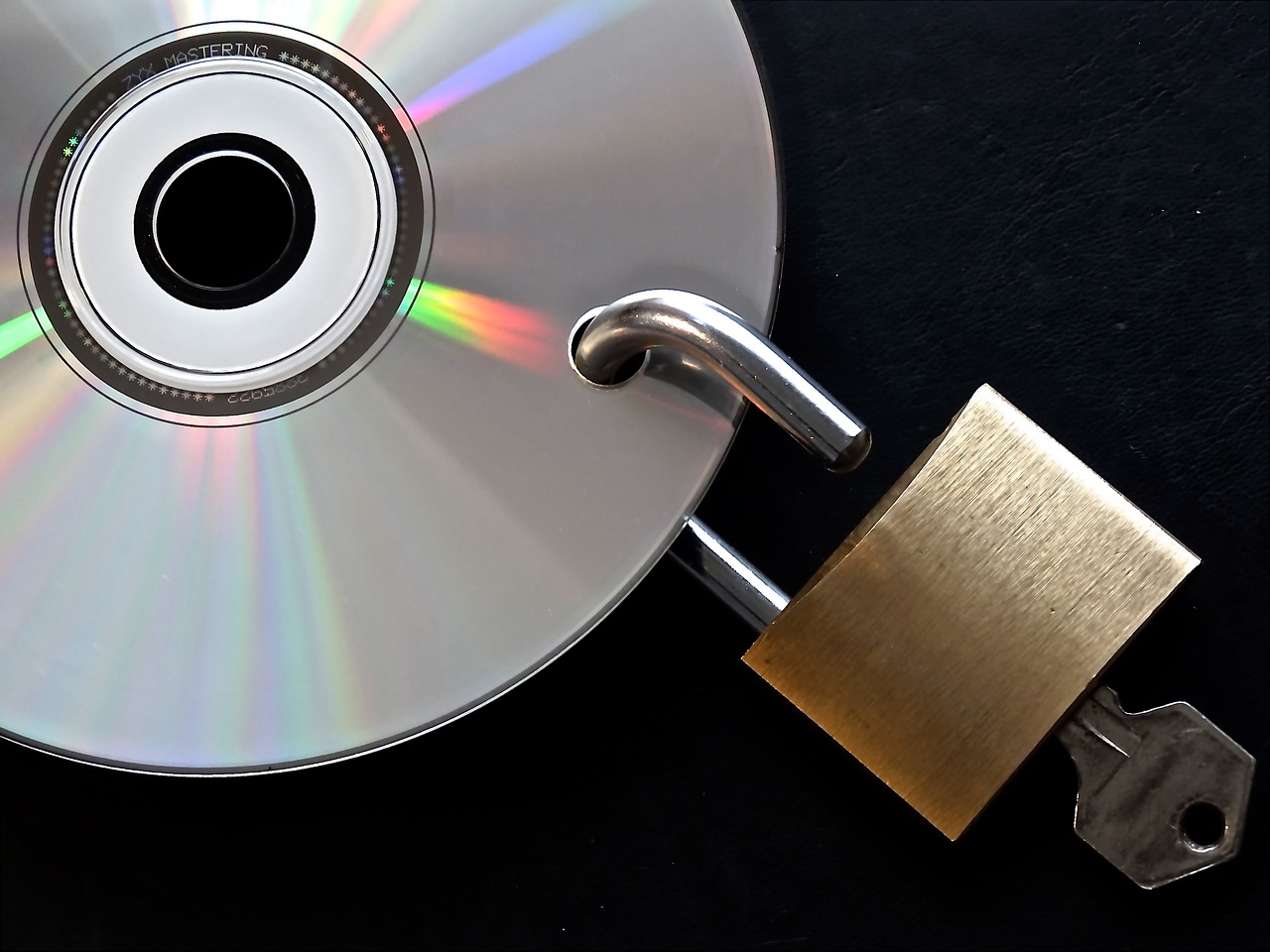
Recovering from Private Keys
When it comes to recovering your crypto wallet, private keys play an essential role. Think of your private key as the secret password to your treasure chest filled with digital gold. Without it, accessing your funds can be nearly impossible. So, if you find yourself in a situation where you need to recover your wallet using private keys, it's crucial to follow the right steps to avoid any mishaps.
First off, let’s clarify what a private key is. A private key is a long string of alphanumeric characters that allows you to access your cryptocurrency. It’s like the key to your house; if you lose it, you can’t get inside. Therefore, safeguarding your private key is paramount. If you’ve stored it securely, you can easily recover your wallet by following these steps:
- Locate Your Private Key: Ensure you have the correct private key for the wallet you wish to recover. This key might have been saved in a digital format, written down, or stored on a hardware wallet.
- Choose the Right Wallet: Make sure you are using a compatible wallet that supports the cryptocurrency you are trying to recover. Different wallets have different recovery processes.
- Import Your Private Key: Most wallets will have an option to "Import" or "Restore" using a private key. Navigate to this option and input your private key carefully. Be cautious of typos, as even a single incorrect character can lead to failure in recovery.
- Check Your Balance: Once you’ve imported your private key, check your wallet balance to ensure everything is in order. If your funds appear, congratulations! You’ve successfully recovered your wallet.
However, while recovering your wallet, there are a few precautions you should take to avoid common pitfalls:
- Double-Check Your Key: Always verify that you have the correct private key. If it’s from a different wallet or an incorrect format, you won’t be able to access your funds.
- Secure Your Environment: Make sure you are in a secure environment while entering your private key. Avoid public Wi-Fi and ensure no one is looking over your shoulder.
- Backup Your Wallet Again: After successfully recovering your wallet, consider backing it up again. This time, ensure that you have both your private key and any relevant seed phrases stored safely.
Remember, the world of cryptocurrency can be a bit like the Wild West—exciting, but fraught with risks. By taking the necessary precautions and following the correct steps, you can navigate the recovery process smoothly. If you’re ever in doubt, don’t hesitate to seek help from reputable sources or community forums. Your digital assets deserve the utmost protection!
Q1: What should I do if I lose my private key?
A1: Unfortunately, if you lose your private key and have no backup, there is no way to recover your funds. It’s crucial to keep your private key secure and backed up.
Q2: Can I recover my wallet using a seed phrase instead of a private key?
A2: Yes! If you have your seed phrase, you can restore your wallet on any compatible wallet software. The seed phrase is often considered more user-friendly for recovery.
Q3: Are there any tools to help recover lost private keys?
A3: There are some tools available, but they often come with risks. Be cautious and do thorough research before using any third-party recovery software.
Frequently Asked Questions
- What is a crypto wallet?
A crypto wallet is a digital tool that allows you to store, send, and receive cryptocurrencies. Think of it like a bank account for your digital assets, where you can manage your funds securely.
- Why is it important to back up my crypto wallet?
Backing up your crypto wallet is crucial because it protects you from losing your funds due to device failures, theft, or accidental deletions. It’s like having an insurance policy for your digital money, ensuring peace of mind.
- What is a seed phrase?
A seed phrase is a series of words generated by your wallet that acts as a master key to access your funds. It’s essential to keep this phrase safe and secure because anyone with access to it can control your assets.
- How do I back up my wallet?
To back up your wallet, you typically need to write down your seed phrase or private keys and store them in a safe place. Some wallets also allow you to create full wallet backups, which can be saved on external devices.
- Can I restore my wallet using just my seed phrase?
Yes, you can restore your wallet using your seed phrase on any compatible wallet platform. Just enter the phrase during the wallet setup, and you'll regain access to your funds.
- What are private keys and public keys?
Private keys are secret codes that allow you to access and manage your cryptocurrency, while public keys are shared codes that others can use to send you funds. Always keep your private keys confidential!
- What should I do if I lose my seed phrase?
If you lose your seed phrase, unfortunately, you may lose access to your funds permanently. That's why it's vital to store it securely and consider multiple backups.
- How can I ensure my wallet is secure?
To keep your wallet secure, use strong passwords, enable two-factor authentication, and never share your private keys or seed phrases with anyone. Think of it as locking your front door to keep your valuables safe.
- Are hardware wallets safer than software wallets?
Generally, yes! Hardware wallets are considered more secure because they store your private keys offline, making them less vulnerable to hacking. However, software wallets offer convenience for frequent transactions.











